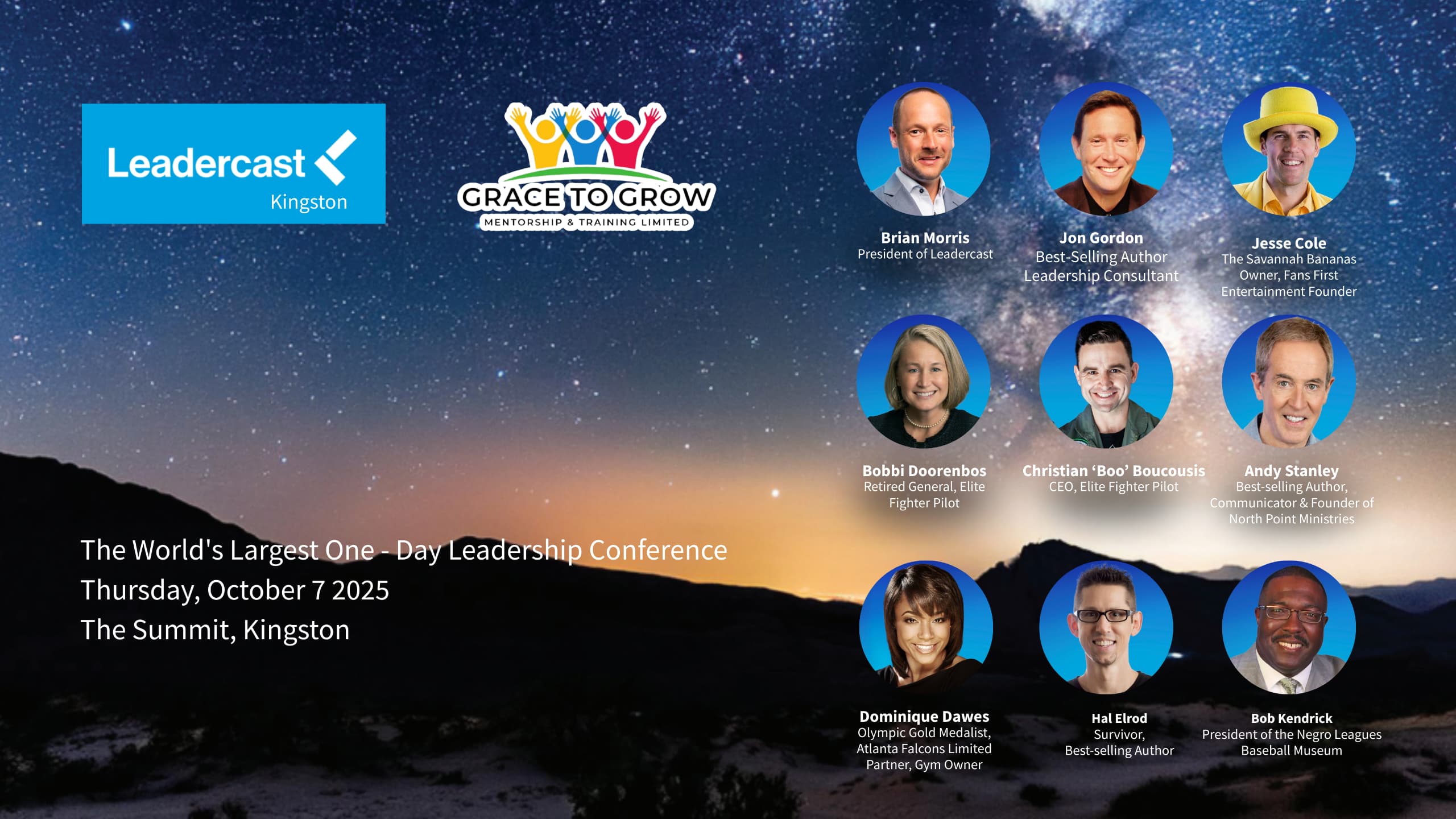A typical day in the life of a leader can vary depending on whom you speak to, but there’s one thing all leaders have in common: hectic schedules. As leaders, we are constantly bombarded with dozens of competing priorities every day. How you manage priority requires focus and discipline. Oftentimes, our daily to-do lists can get the best of our emotional states, leading to anxiety, stress and even a deep-seated, abiding guilt—guilt because we spend time focused on one activity when there is a myriad of other things to do.
With every trade-off, there is the phenomenon of opportunity cost: What is the cost of the opportunities we don’t pursue? Are we willing to give up one activity in pursuit of another? What opportunities matter most to us?
Decisions, decisions, decisions.
Urgent/Important
I like to follow former U.S. President Dwight D. Eisenhower’s Urgent/Important Principles, which state you can prioritize your day by classifying tasks as either 1) important and urgent; 2) important but not urgent; 3) not important but urgent; and 4) not important and not urgent. But even when using this as a guideline, there can still be an amount of uneasy tension that comes with balancing priorities.
This rigid constriction happens for many reasons, one of which comes from a difficulty in using a simple, two-letter word: No. Many people are desperately uncomfortable saying no to things. It could be because they have a case of FOMO (i.e. a fear of missing out, which is a term coined by Patrick J. McGinnis who recently discussed this phenomenon in an episode of The Entrepreneurial You podcast). For others, saying no goes against their very nature as a person—they are genuine people-pleasers who hate to see others unhappy and always desire to lend a helping hand.
Saying No
But it is critically important for leaders to master the art of declining others and learning how to say no to tasks. For people-pleasing leaders, there are ways to lower the discontent saying no causes. Applying sensitivity and tact when saying no should be a consideration. For example, we can say, “Thank you for thinking of me. However, your opportunity is not aligned with where my focus is right now, and as such I won’t be able to give this project the attention it deserves.” Giving the why behind the no and explaining why saying yes would be a disservice to the person or project cushions the blow and allows the person to be more receptive to our response.
No matter how you deliver your no, the benefits of turning down opportunities that are too much for you to handle far outweigh the cons. The more we develop this art of saying no, the more confident we become and the better we are able to stick to what’s most important. When we say no, we protect ourselves from overextending, which can lead to mental collapse and burnout. And when we decline opportunities that are not aligned with our priorities, we remind ourselves, and others, about what is most important to us.
Resources for Prioritizing Your Time.
Mastering Productivity, Discipline and Focus
Some months ago, I had a conversation with John Lee Dumas, host of the of Entrepreneurs on Fire podcast. We spoke about mastering productivity, discipline and focus, among other topics. During our conversation, John said that in 2015, he took a year off from his routine activities. During this time he studied goal setting and everything related to it. This eventually led him to create a step-by-step resource, The Freedom Journal. This journal guides leaders in accomplishing their No. 1 goal in just 100 days. By starting with one goal, it will start a “chain reaction of awesome and amazing,” says John.
I recommend this resource in addition to John’s The Mastery Journal, which is another guide leaders can use for the sole intent of developing a mastery of productivity, discipline and focus. By setting and working toward a specific goal, you’ll quickly increase your productivity.
My Journey
Admittedly, setting and sticking to one specific goal is a long-standing challenge I’ve encountered. When I started using The Mastery Journal in 2017, I saw a vast change in how much I got accomplished in one day. The result increased exponentially over the 100 days the journal led me through and I was way more productive with my time.
As you move forward in your leadership, increase your chance of success by setting goals and saying no to the things that are not in alignment with your vision. Trust me, your future self will thank you for it.
***
I first published this article on the Leadercast blog








